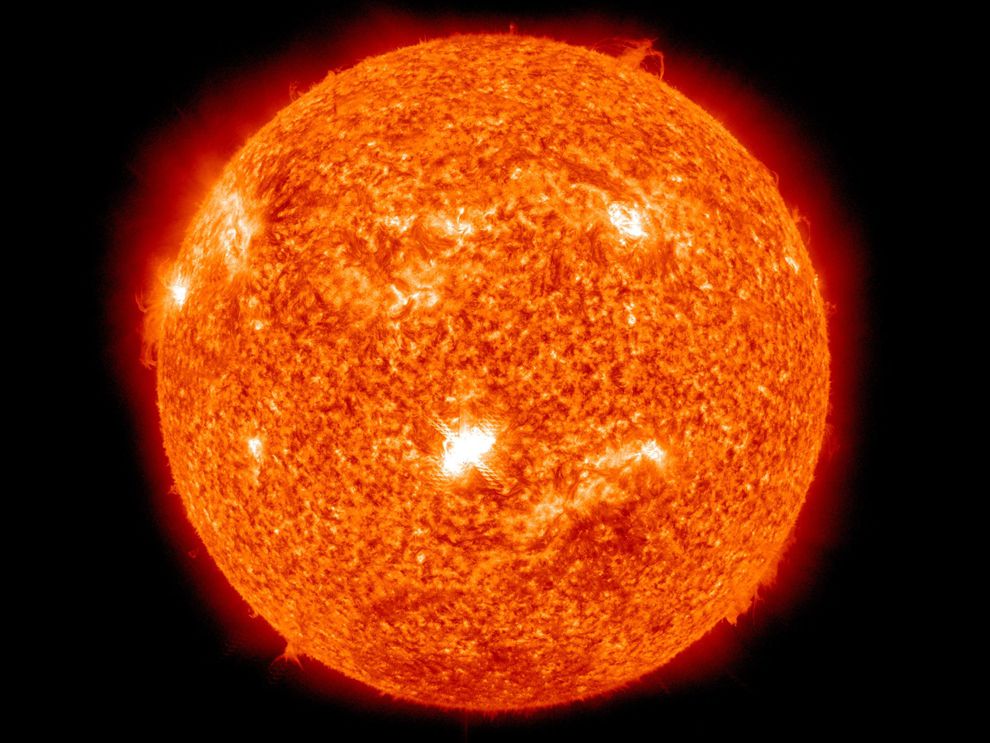Throughout your life, you have probably noticed that really hot objects glow. Whether it be an incandescent lightbulb, a stovetop, running lava, and the sun. Why do hot objects glow? The atoms and molecules that make up objects carry this heat in the form of kinetic energy and vibration. Atoms are comprised of charged particles like protons and electrons. When charged particles move, they interact with electromagnetic field - creating ripples known as photons. This phenomenon is the reason we all exist. Without the hot, vibrating, glowy atoms of the sun, life as we know it would be impossible.
 |
 |
